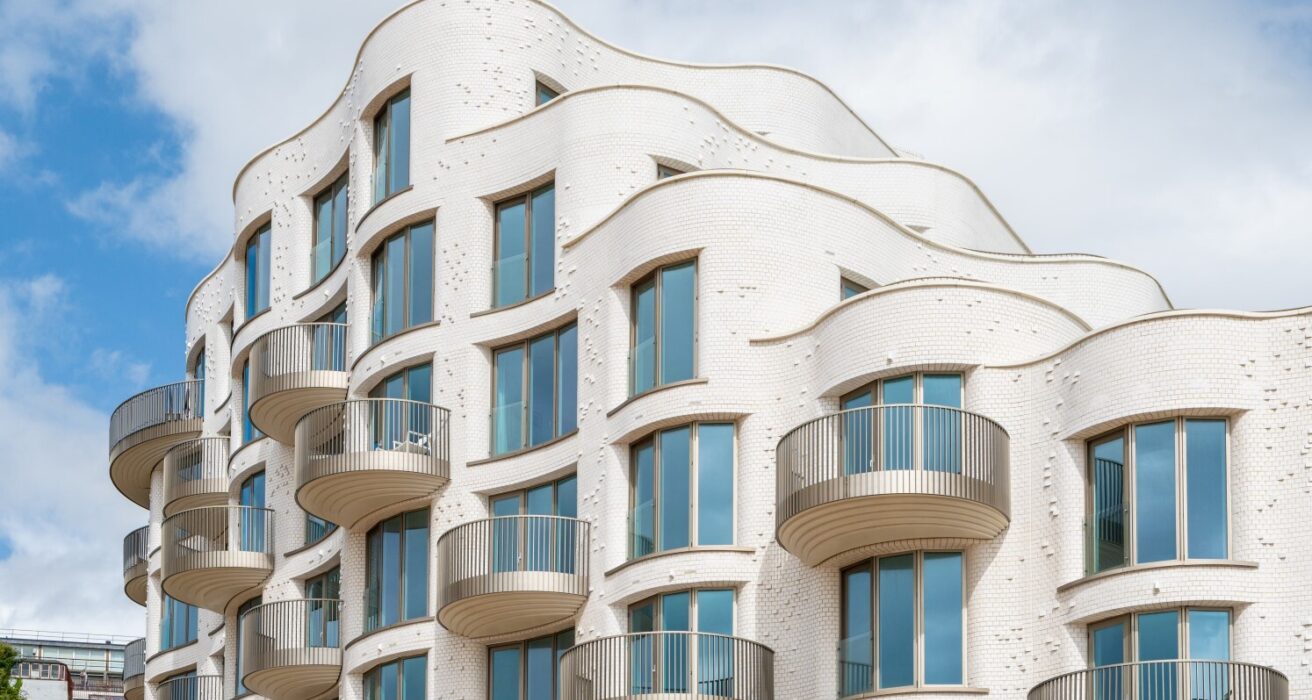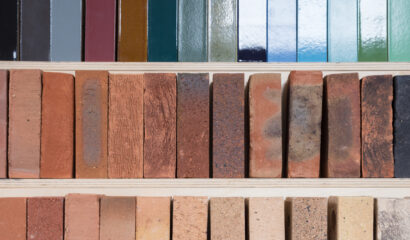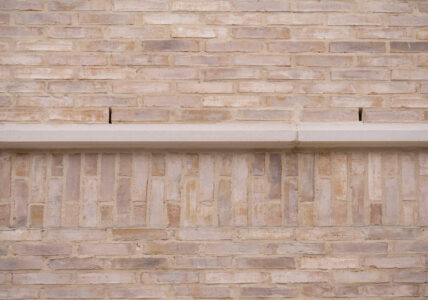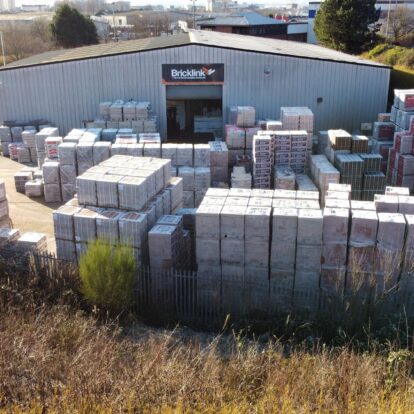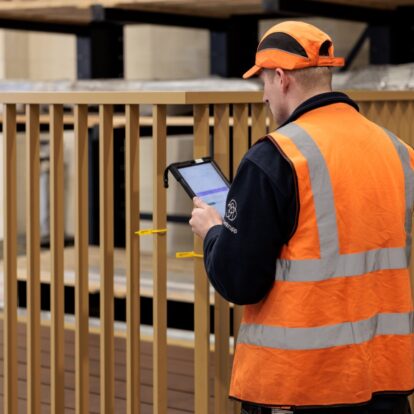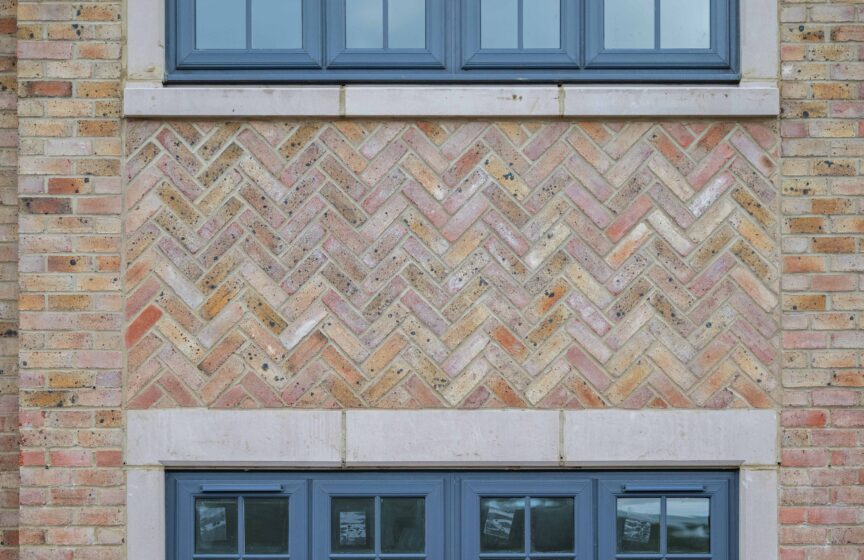
1 Oct 2025
Why brick dimensions still matter in modern UK architecture

When it comes to designing brickwork, we often talk about colour and texture, or even cost and availability, but what we tend to overlook is another critical element: brick dimensions.
The brick and its exact size, plays a far bigger role in a project’s success than many people realise. Whether you're an architect, contractor or developer, getting to grips with brick dimension standards isn't about being uninspiring, it’s about streamlining construction, reducing waste and improving cost-efficiency for everyone.
What are the standard UK brick dimensions?
The most widely used brick dimensions in the UK are 215mm x 102.5mm x 65mm (length x depth x height).
Though at first glance these dimensions may appear random, they’re actually the result of decades of standardisation to fit both design and construction workflows.
These dimensions are practical, repeatable and easy to incorporate into drawings. They even allow for a 10mm mortar joint, which is fixed into design and specification standards like BS EN 771-1.
Why do brick sizes matter more than you think?
Essentially, small inconsistencies in brick dimensions can cause big problems to your final brickwork.
A few millimetres here or there can throw off wall heights, clash with window positions or break modular alignment. That, in turn, creates additional labour, off-cuts and remedial work.
In other words, sticking to standard brick dimensions means:
- Fewer adjustments
- Cleaner detailing
- Predictable aesthetic outcomes
- Easier integration with other materials.
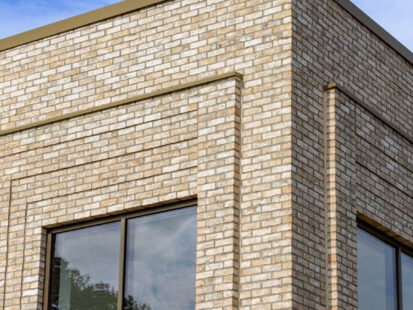
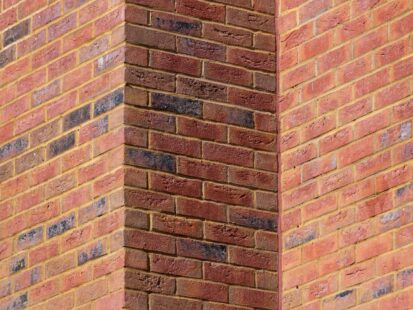
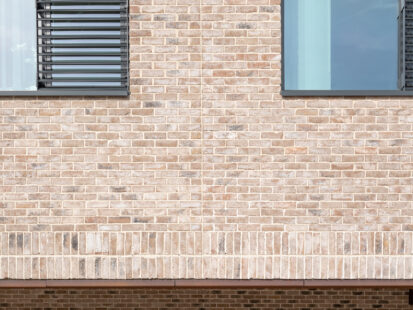
Does mortar affect brick dimensions?
Yes, as mentioned above, a 10mm mortar joint is in-built into the ‘working dimensions’ of a brick and is a key part of the BS EN 771-1 clay masonry unit standards.
This is critical for designing openings, setting floor levels or detailing coursing. Get the maths wrong and your team may end up having to make on-site cuts or incorporate inconsistent joint sizes to make your build line up.
What are some other common brick dimensions
While the 65mm brick is still the most used in present-day projects, imperial bricks are also heavily used for heritage builds or to match existing brickwork from when the 73mm brick dimension was most popular. Imperial bricks typically measure 228 x 108 x 73mm.
Another popular choice in contemporary architecture are slim bricks or long format bricks. These can be as thin as 50mm and as long as 440mm.
Each variation changes the visual rhythm of a wall, alters the bond pattern and can impact structural calculations. That’s why size decisions should be intentional.
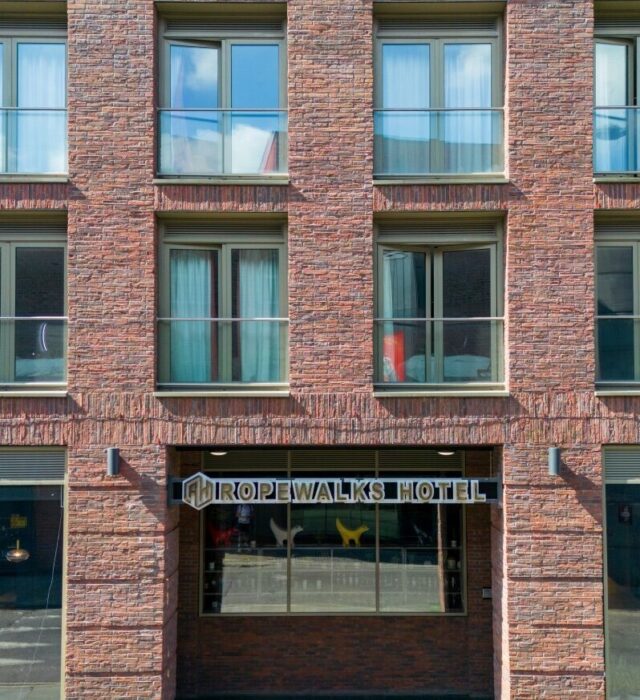
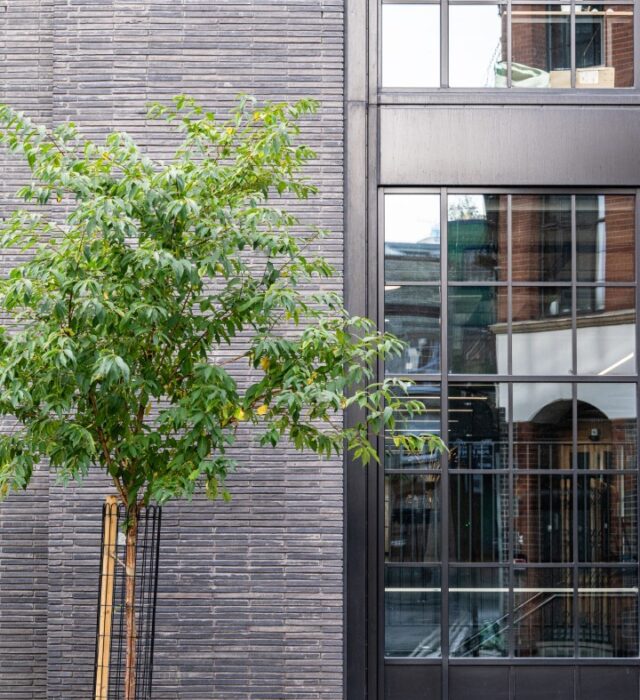
How to match brick size to your design intent?
Larger bricks or long format options certainly have a place in modern architecture and we’re not here to discourage their use – we’ve got plenty of projects that have used them to great effect.
However, using these can require additional technical guidance, so be sure to discuss your design intentions with a brick specialist to achieve the facade result you’re after.
Ultimately, we believe that understanding how different brick dimensions interact with design, structure and cost means fewer surprises, more control and better buildings as a result.
